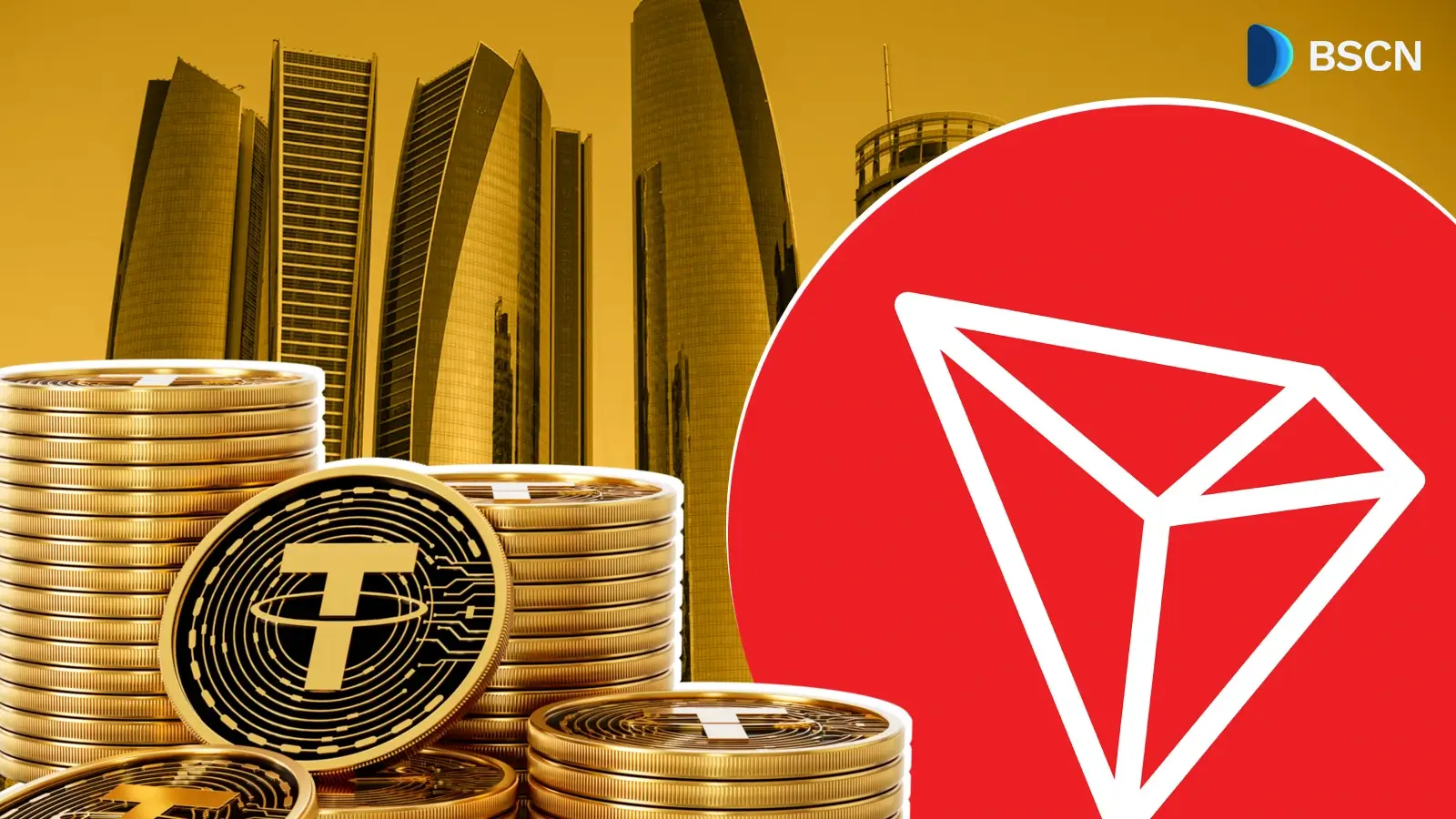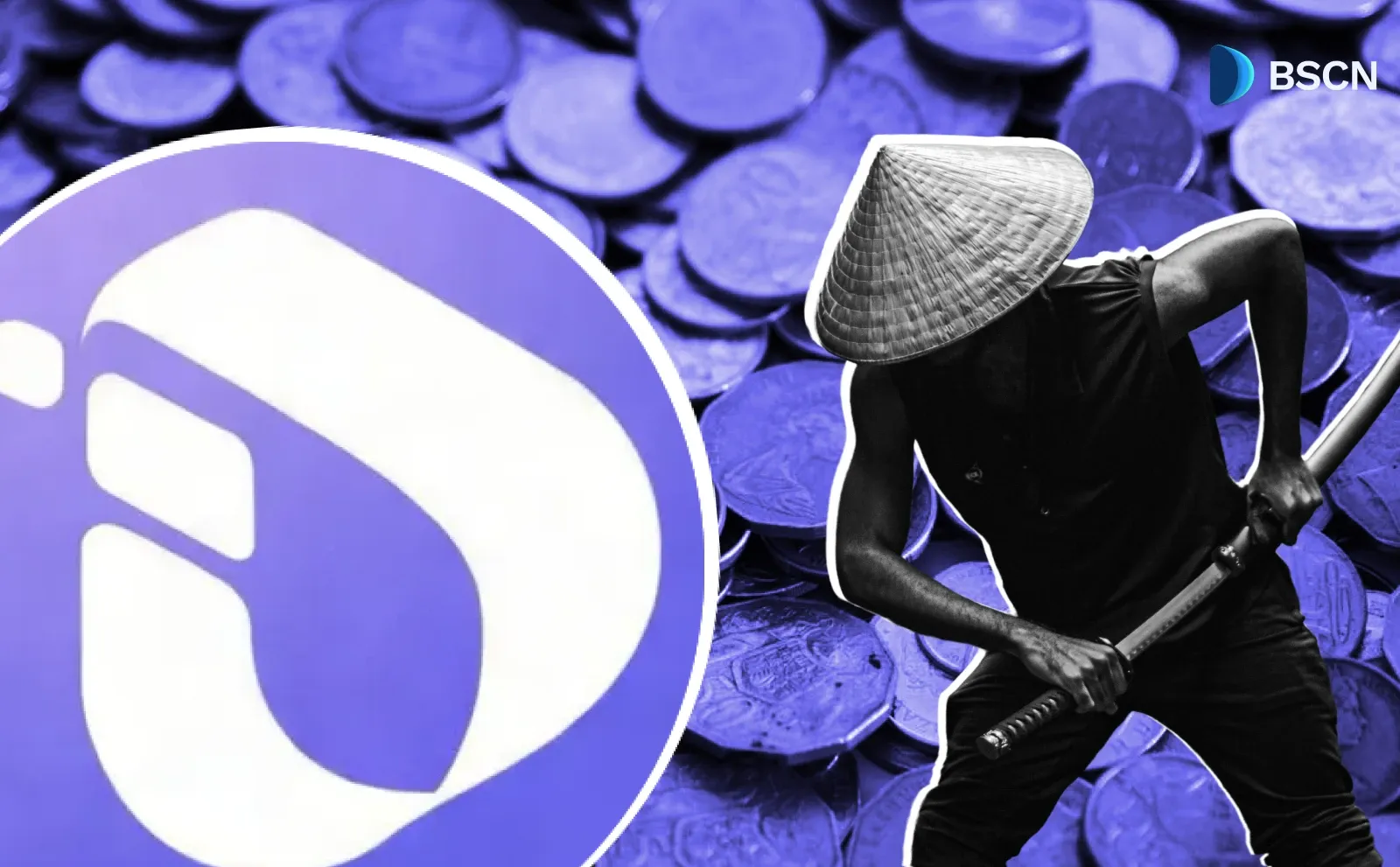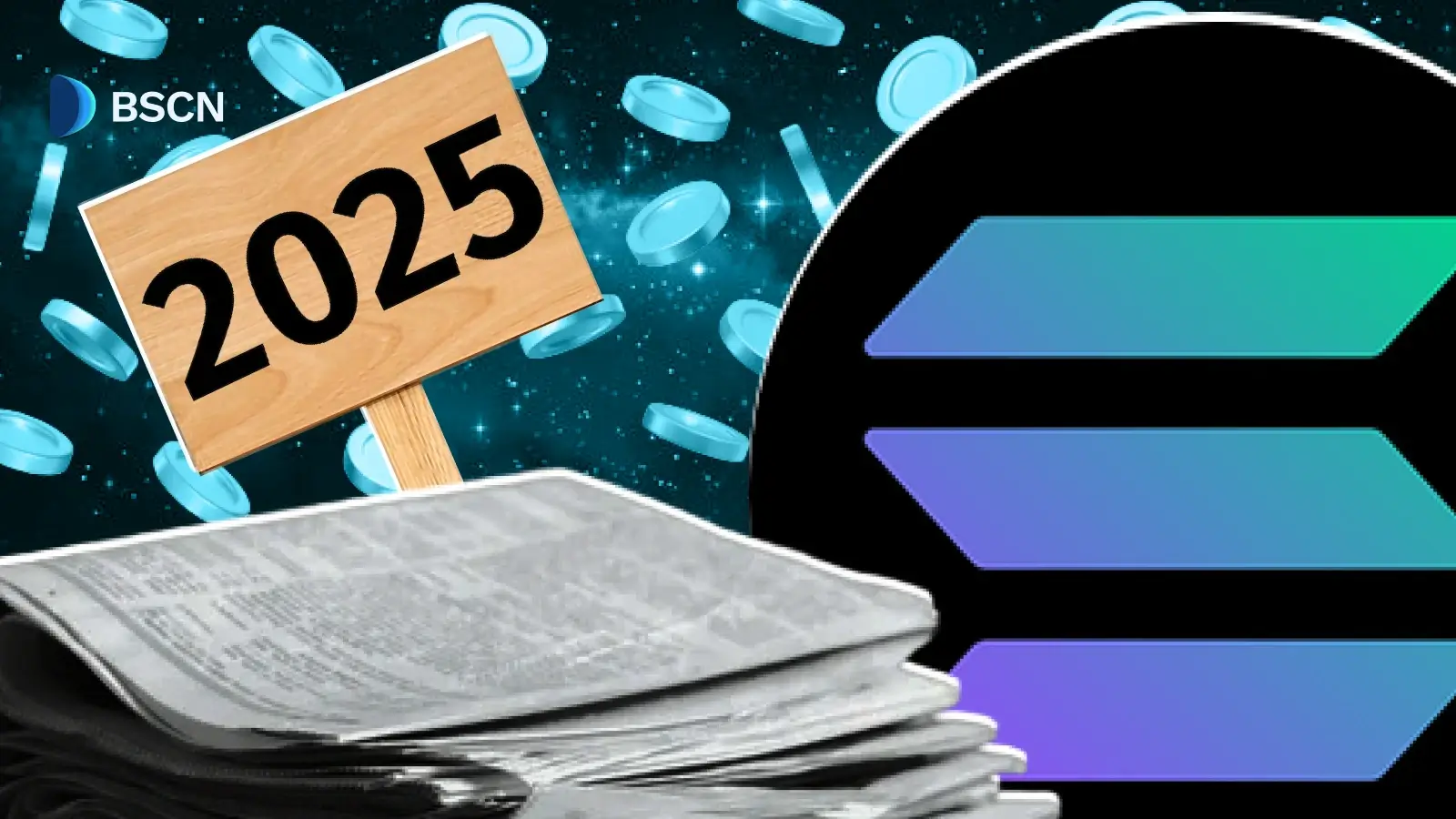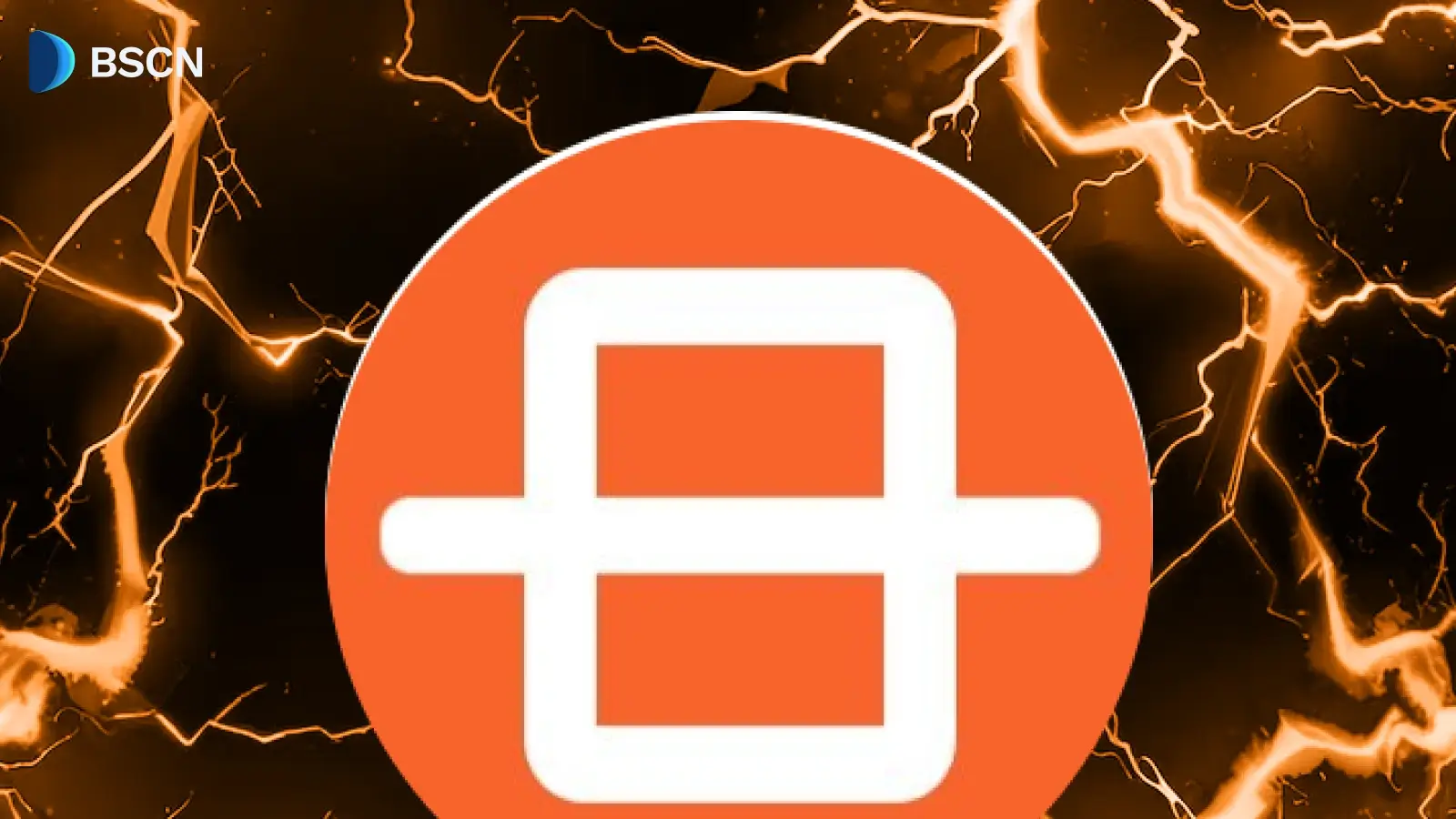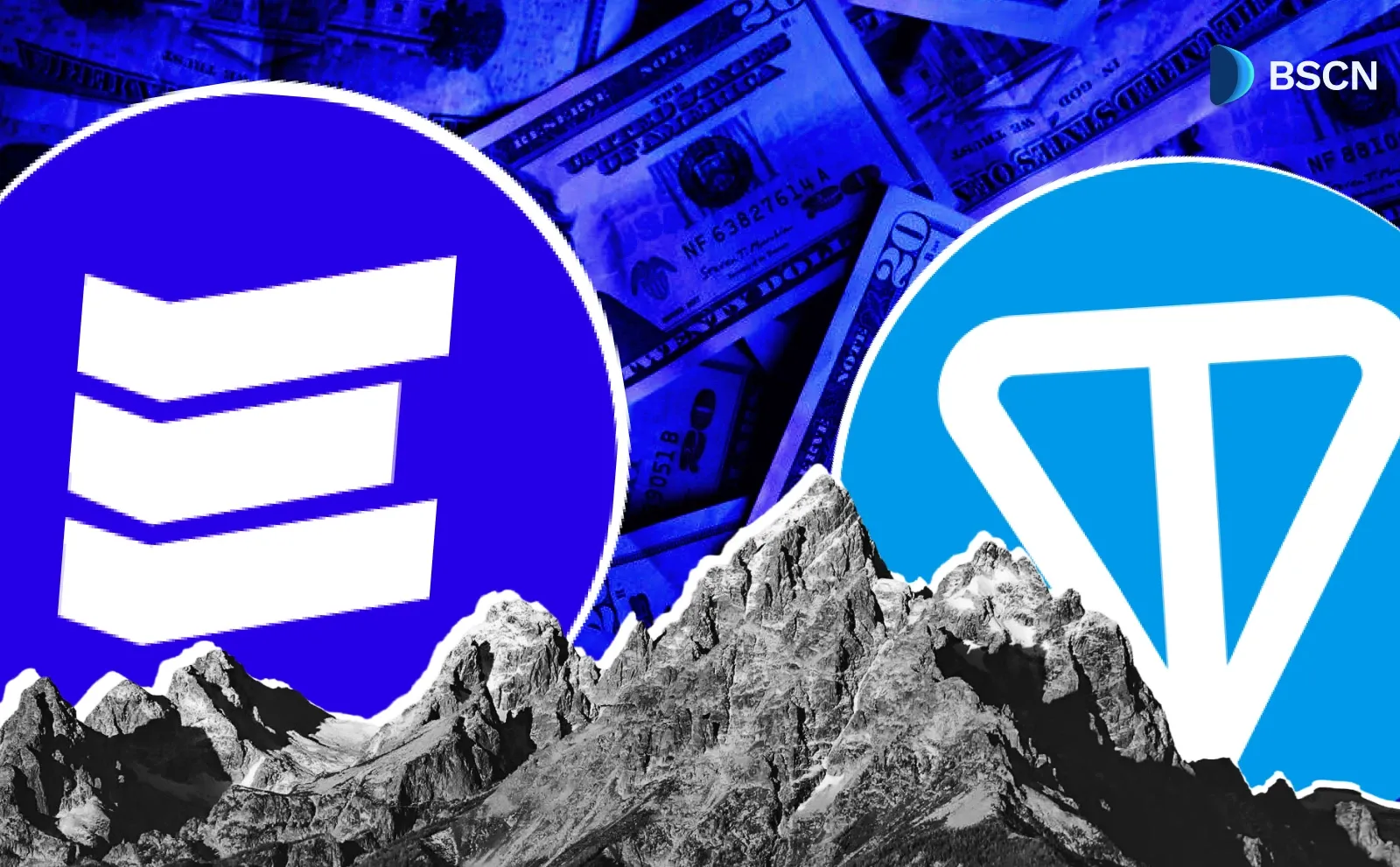News
(Advertisement)
Vitalik Buterin’s New Favourite: What Is GKR Protocol?
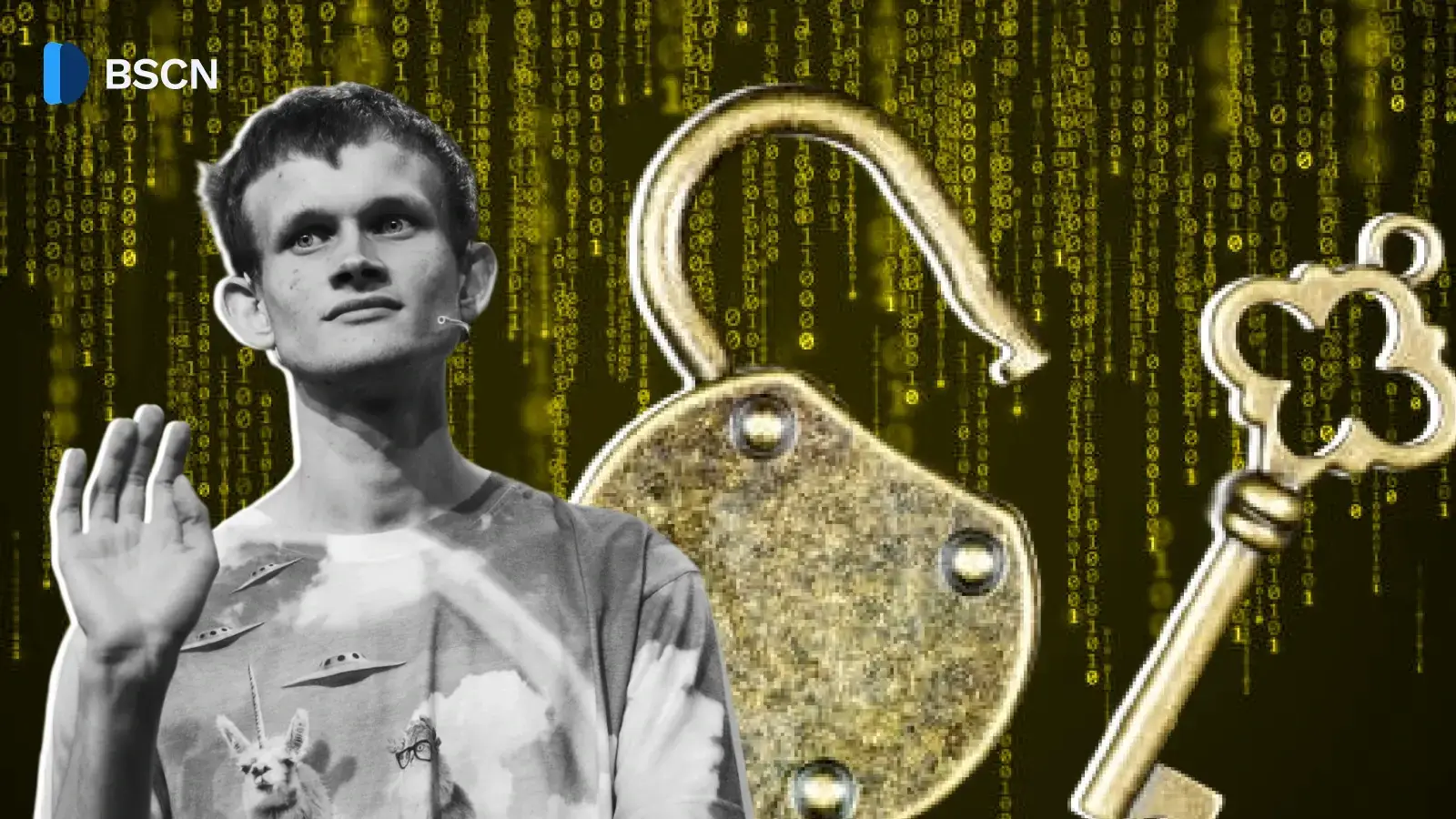
Vitalik Buterin explains the GKR protocol, a new method to speed up zero-knowledge proofs by simplifying commitments and reducing costs up to 100x.
Soumen Datta
October 20, 2025
(Advertisement)
Table of Contents
Ethereum co-founder Vitalik Buterin has revealed his growing interest in a cryptographic framework known as the Goldreich–Kahan–Rothblum (GKR) protocol. He describes it as a key part of the technology powering many of today’s fastest zero-knowledge (ZK) proving systems.
In his recent article, Buterin explains that GKR can dramatically cut the cost of proofs by removing the need to process intermediate data layers. Instead, it focuses only on input and output commitments, allowing computations to be proved far more efficiently.
In plain terms, GKR helps ZK-provers—tools that prove computations were done correctly—run faster and cheaper.
The Basics: What the GKR Protocol Does
The GKR protocol is a cryptographic proof system designed to verify complex computations with less work. It’s particularly efficient for tasks where many small operations are repeated across several layers—like hashing functions or neural network processing.
Instead of recording every step of a computation, GKR simplifies the process. It checks only the start and end points, skipping most of what happens in between. This design makes it a natural fit for both ZK-proofs and machine learning inference proofs, which share similar structural patterns.
This concept of “batch × multi-layer computation” underpins GKR’s efficiency. It processes large sets of data through multiple layers but avoids redundant cryptographic commitments, keeping only what’s essential.
Why GKR Matters for Zero-Knowledge Proofs
Zero-knowledge proofs are central to Ethereum’s long-term scalability plans. They allow one party to prove that a computation is correct without showing all the data involved. But most ZK-systems—like SNARKs or STARKs—consume heavy computing power because they must handle every layer of computation.
The GKR protocol tackles this bottleneck.
According to Buterin, when used for proving Poseidon2 hash functions, GKR can reduce theoretical proving overhead from 100x to around 10x—a massive improvement over traditional STARKs.
Put simply, it can make ZK-proofs 10 times faster and cheaper.
The Key Components Behind GKR’s Efficiency
1. Fewer Commitments
Traditional STARK proofs require commitments—cryptographic summaries—at every intermediate layer of a computation. Each commitment involves heavy hashing and polynomial operations.
GKR avoids this by committing only to inputs and outputs, saving thousands of operations per proof.
2. The Sumcheck Protocol
At the heart of GKR lies sumcheck, a method for verifying that a large computation was performed correctly without redoing it.
Each “round” of a sumcheck confirms that specific mathematical relationships hold true across all data layers. This process is lightweight and parallelizable, meaning it scales well on GPUs or multi-core CPUs.
3. Gruen’s Trick and Linear Batching
Buterin also mentions optimizations like Gruen’s trick and linear batching, which further cut memory and compute costs. These methods let multiple similar computations share verification steps instead of repeating them individually.
4. Partial Rounds and Poseidon2 Hashing
In his article, Buterin uses the Poseidon2 hash function as a practical example. Poseidon2 is often used in ZK systems due to its arithmetic-friendly design. GKR optimizes it with partial rounds—lighter mathematical cycles that keep only the cubic first elements—saving time without reducing proof integrity.
How GKR Integrates with Other Protocols
The GKR framework can be combined with other proof systems such as BaseFold and FRI (Fast Reed–Solomon Interactive Oracle Proofs of Proximity). These integrations allow GKR-based proofs to maintain strong polynomial commitments, a requirement for many scalable ZK implementations.
In these setups, GKR acts as the “engine” for computation, while systems like BaseFold or FRI handle data encoding and verification consistency.
Comparing GKR with STARKs
STARKs (Scalable Transparent ARguments of Knowledge) have long been the default for transparent ZK proofs. They’re secure and trustless but computationally expensive.
Buterin estimates that GKR reduces theoretical costs by up to 100x compared with traditional STARK-based systems. Real-world implementations show even better results—sometimes under 10x overhead.
He notes, however, that these numbers depend on hardware optimization. In practice, memory shuffling during sumchecks can slow things down, but since GKR’s structure is highly parallel, performance still scales better than standard hashing methods.
Not Zero-Knowledge by Itself
One crucial distinction: GKR isn’t a zero-knowledge protocol on its own. It provides succinctness—meaning it makes proofs smaller and faster—but it doesn’t hide information.
To add privacy, GKR proofs can be wrapped inside a ZK-SNARK or ZK-STARK system. This layering allows developers to combine GKR’s performance gains with the confidentiality benefits of true zero-knowledge proofs.
The Practical Applications of GKR
Vitalik highlights how GKR’s design suits a broad range of computation-heavy tasks. Examples include:
- Hash verification: proving that millions of hashes were computed correctly.
- Blockchain validation: enabling faster ZK-EVM proving for Ethereum Layer 1.
- Machine learning proofs: verifying large language model inference steps with minimal computation.
Because GKR fits both cryptographic and AI-style computations, it could play a vital role in ZK-ML (zero-knowledge machine learning) systems.
The Fiat–Shamir Challenge: Caution Required
Buterin also adds a note of caution. While GKR accelerates computations, its efficiency comes with a tradeoff—predictability risk in certain circuits that use the Fiat–Shamir heuristic.
This method converts interactive proofs into non-interactive ones using hash functions, but if implemented carelessly, it can allow predictable randomness, weakening security. Buterin advises careful circuit design to prevent such vulnerabilities.
Conclusion
The GKR protocol represents a shift in how cryptographic proofs are structured. Instead of overcommitting to every intermediate step, it streamlines the process to just the essential elements.
For Ethereum and other blockchain systems chasing faster, cheaper verification, GKR offers a practical pathway. It is not a marketing promise but a set of mathematical techniques already powering the next wave of high speed provers across both ZK and AI fields.
Resources
A GKR Tutorial - article by Vitalik Buterin: https://vitalik.eth.limo/general/2025/10/19/gkr.html
Vitalik Buterin X platform: https://x.com/VitalikButerin
About Zero Knowledge Proofs: https://www.chainalysis.com/blog/introduction-to-zero-knowledge-proofs-zkps/
Read Next...
Frequently Asked Questions
What is the GKR protocol?
The GKR (Goldreich–Kahan–Rothblum) protocol is a cryptographic method that verifies computations efficiently by committing only to inputs and outputs. It is widely used to speed up zero-knowledge proof systems.
Is GKR a zero-knowledge proof system?
Not directly. GKR ensures succinctness, not privacy. To make it zero-knowledge, developers wrap it within a ZK-SNARK or ZK-STARK.
How much faster is GKR compared to traditional methods?
Theoretically, GKR can reduce proving costs by up to 100x over traditional STARKs. In real-world tests, performance improvements are typically under 10x overhead.
Disclaimer
Disclaimer: The views expressed in this article do not necessarily represent the views of BSCN. The information provided in this article is for educational and entertainment purposes only and should not be construed as investment advice, or advice of any kind. BSCN assumes no responsibility for any investment decisions made based on the information provided in this article. If you believe that the article should be amended, please reach out to the BSCN team by emailing [email protected].
Author
 Soumen Datta
Soumen DattaSoumen has been a crypto researcher since 2020 and holds a master’s in Physics. His writing and research has been published by publications such as CryptoSlate and DailyCoin, as well as BSCN. His areas of focus include Bitcoin, DeFi, and high-potential altcoins like Ethereum, Solana, XRP, and Chainlink. He combines analytical depth with journalistic clarity to deliver insights for both newcomers and seasoned crypto readers.
(Advertisement)
Latest News
(Advertisement)
Crypto Project & Token Reviews
Project & Token Reviews
Comprehensive reviews of crypto's most interesting projects and assets
Learn about the hottest projects & tokens






